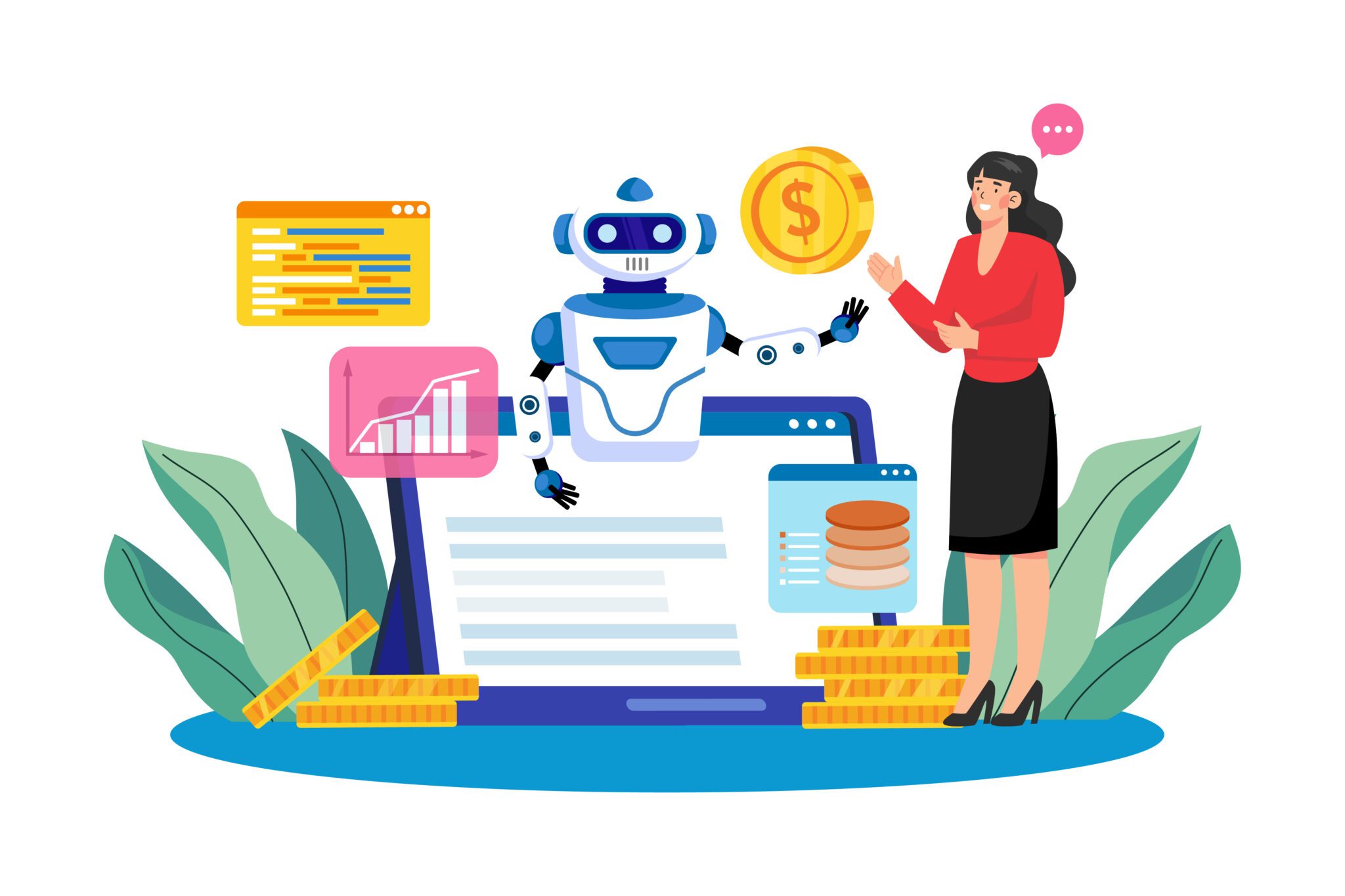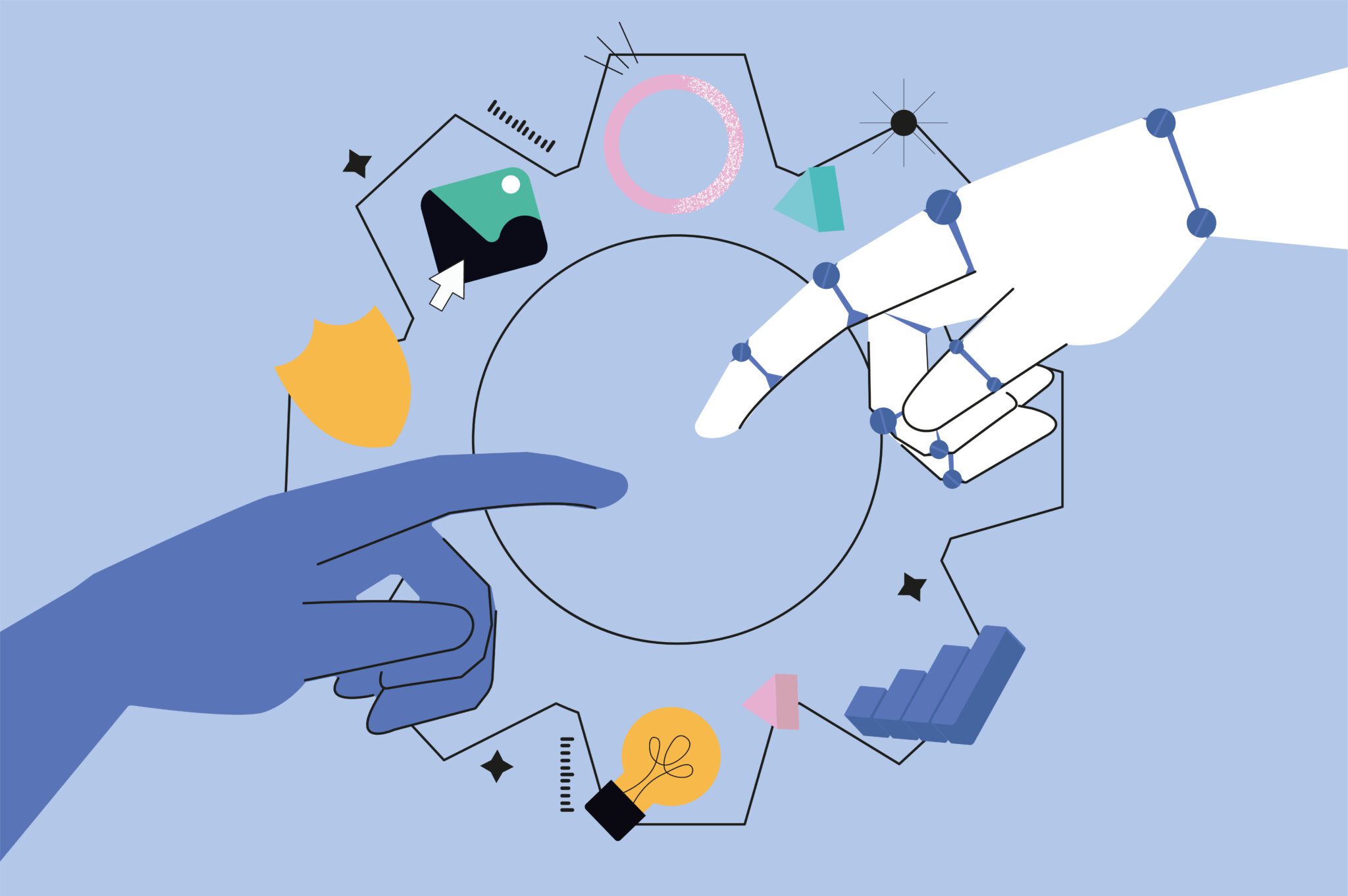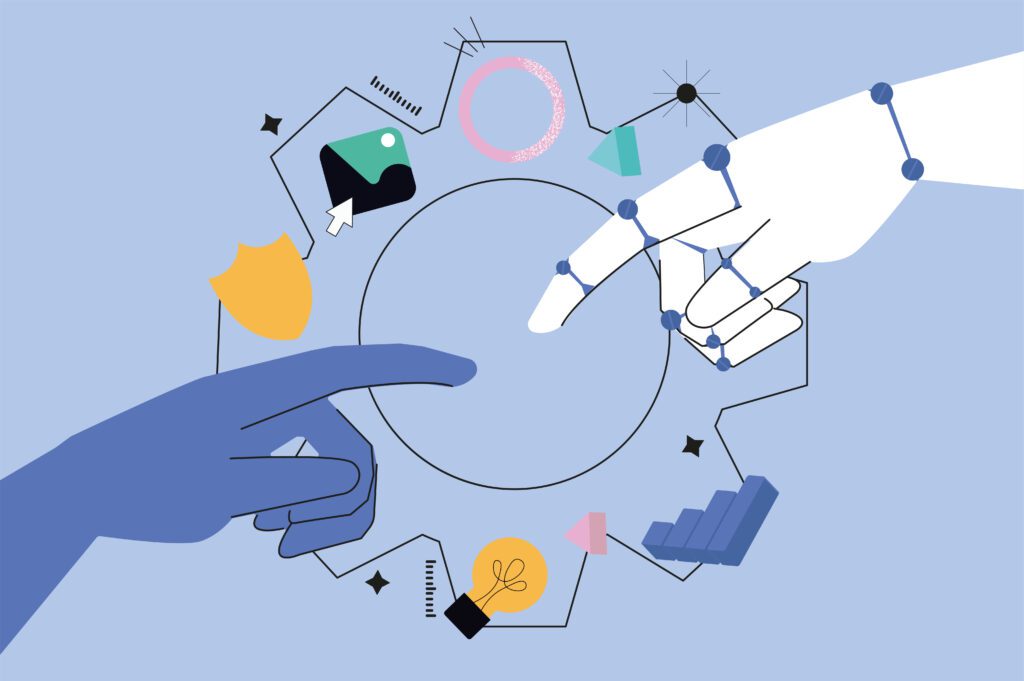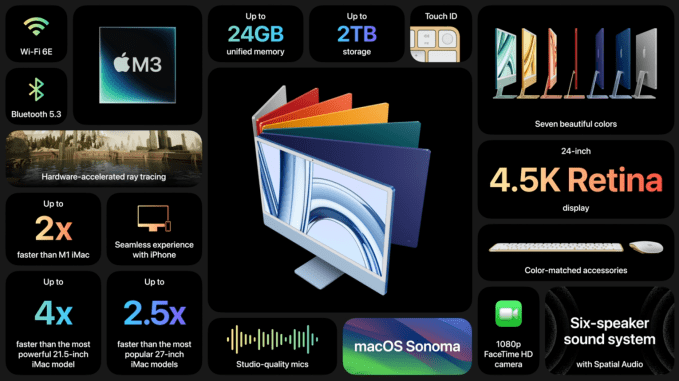Despite concerns about machines replacing human workers, research challenges the overhyped claims of ascendant AI. In most knowledge-intensive tasks, workers will more likely find themselves augmented in partnership with machines than automated out of a job. Humans and machines will simultaneously collaborate and compete with one another, like a track team competing in various events. In some events, like the 100-yard dash, teammates compete against each other, but in others, such as the relay race, they work together towards a common goal.
In such a relationship, humans and AI systems both need distinct competitive and cooperative skills. Competitive skills refer to the unique advantages that either humans or AI possess over the other, while cooperative skills enhance the ability of humans and AI to work together effectively. To foster a symbiotic relationship between humans and AI, organizations must find the appropriate balance between investing in human skills and technological capabilities — and think strategically about how they attract and retain talent.
Humans’ competitive and cooperative skills
AI may not replace workers in a human-centered workplace, but it could fundamentally transform their work. In order to remain relevant and indispensable, humans need to work with and against the machines.
Humans’ cooperative skills
Effectively collaborating with AI systems — working with them — requires data-driven analytical abilities, but also understanding about the capabilities and limitations of the machines (areas where human intervention is most required), how to interpret and contextualize AI-generated insights, and the ethical considerations of AI-powered decision making. These include:
Data-centric skills: The ability to understand the results generated by algorithms to inform and support decision-making. A recent survey highlighted (1) the ability to distinguish relevant data and evaluate its credibility, (2) capability to validate results by testing hypotheses through A/B testing, and (3) skill in creating and tailoring clear and comprehensible visualizations to communicate results to multiple stakeholders.
AI literacy: Understanding how algorithms work, how they can support and augment human decision-making as well as the limitations and biases that may be present in their decision-making processes. Area experts will likely take on the responsibility of developing fairness criteria for algorithmic outcomes that promote equity, especially for vulnerable populations, and continuously auditing algorithmic results against these criteria.
Algorithmic communication: Understanding how to articulate human needs and objectives to algorithms, as well as how to interpret and explain the results generated by algorithms to others is important and research shows that we often err by talking to machines – even advanced AI tools – as though they were human. We do better when we recognize that we should talk to machines in specific ways that build on their strengths. For example, through “prompt engineering,” or crafting prompts to elicit most effective responses from AI systems, humans can teach AI models to produce the desired results for specific tasks.
Humans’ competitive skills
People also need to hone the human-centered skills and abilities that cannot be replicated by machines — that help them work against AI partners — such as those rooted in emotional intelligence (e.g., communication skills for interacting with other human stakeholders), a strategic and holistic perspective, critical thinking and intuitive decision making. These include:
Emotional intelligence: The ability to recognize one’s own emotions and reflect on them in the context of interacting with algorithms, as well as understanding and communicating the emotional implications of algorithm-generated results. For example, the human customer service agents may not solely rely on scripts or real-time advice provided by the AI agents, but instead personalize solutions by empathetically comprehending the customers’ requirements or feelings.
Holistic and strategic thinking: The ability to consider the big picture and understand how algorithmic results fit into the larger context of a problem or decision. For example, algorithmic inference can inform pathologists, but they still need to consider factors such as patients’ medical history, lifestyle, and overall health to arrive at an informed and comprehensive diagnosis.
Creativity and outside-the-box thinking: The ability to think creatively and use algorithms in novel and innovative ways. For instance, AI systems are used to analyze massive consumer data and identify patterns in the interests and behavior of a target audience, but it is the creative thinking of marketers that will craft a message that resonates with the audience.
Critical and ethical thinking: The ability to critically assess machine inferences, and to understand the ethical implications and responsibilities associated with using algorithms, including privacy and accountability. As generative AI such as ChatGPT are increasingly integrated into various products, experts in different business domains are needed to work alongside these systems to continuously address potential false or biased information to which these systems are prone.
AI’s competitive and cooperative skills
It is not only humans that must acquire new capabilities. While AI systems are rapidly expanding their competitive abilities over humans, they still need to improve their cooperative skills in order to be widely adopted by organizations. In particular, the lack of explainability remains a challenge in high-stakes decisions, hindering accountability and compliance with legal requirements. For example, if the AI’s decision-making process remains opaque to medical professionals, it will impede the adoption of these systems in healthcare, even if these systems deliver near-optimal decisions.
AI’s cooperative skills
To work effectively with human partners, AI systems need skills such as:
NLP (Natural Language Processing): The ability to process, analyze, understand and mimic human language. Systems like ChatGPT excel at interacting with humans because they make it easy for people to ask questions and express themselves in a natural way, including expressing emotions like excitement, frustration, or surprise. The reality, however, is that these systems are far from sentient. Situations that go beyond a function are best done by a human or with human supervision. For example, AI can analyze and reveal patterns in healthcare data, but it should not replace a physician’s role in providing individualized care to patients.
Explainability: The ability to provide humans with clear and understandable explanations of its decision-making process and results. The inherent inscrutability of deep-learning AI is an ongoing challenge that requires multiple solutions, including building an “explainability framework” that addresses the risks of AI black boxes to specific industries and organizations. Technological solutions may also involve adding explainability engines, which offer human-readable explanations for AI ‘systems’ decisions and predictions, particularly for critical areas like healthcare and finance.
Adaptability and personalization: The ability to learn from previous interactions and personalize responses based on individual users. For example, personal intelligent assistants are growing in importance in helping people tackle information and communication overload. By analyzing a user’s activities, these assistants work collaboratively with workers in an individualized manner, enhancing their productivity in areas such as time management, meeting organization, and communication assistance.
Context awareness: The ability to understand the context in which an interaction is taking place and respond accordingly. For instance, in e-commerce websites, chatbots that present context awareness can analyze a user’s previous inquiries and purchase history to offer solutions or recommendations that are more pertinent to the customer’s needs.
AI’s competitive skills
AI systems continue to present unique competitive advantages, such as:
Analytical capacities: The ability to perform complex calculations, process large amounts of data, and identify patterns and relationships within the data. For example, AI systems are becoming more competent at detecting fraudulent transactions in massive datasets of credit card transactions.
Generativity: The ability to generate novel and unique outputs that are not simply reproductions of existing data. Using large models and neural networks to analyze patterns, generative AI is transforming the creation of image, text, and even music that resembles those created by human experts. These systems automated content generation, improve content quality, increase content variety, and offer personalized content.
Performance at scale: The ability to scale operations efficiently, handle a large number of real-time transactions and support large-scale applications without sacrificing performance. For example, AI systems have demonstrated superior ability to process thousands of credit card applications real-time or offer “algorithmic management” of thousands of Uber drivers and riders simultaneously, creating a structured and consistent operational framework at an unprecedented scale.
Racing with and against the machines
The challenge for organizations trying to build a strategy for using new and more AI tools lies in designing organizational systems that effectively balance the competitive and cooperative skills of humans and AI. Organizations that seek to strike this balance should consider the following:
Democratize data to foster the continuous development of competitive human and machine skills. AI systems can generate data insights at scale and detect patterns often missed by the human eye, but translating that competitiveness into business growth and agility requires the very human skills of strategic thinking and creativity. To enable this type of collaboration, companies should democratize access to data throughout all levels of their organization. Nearly every role within your organization should be working alongside data analytics to inform how to make the workflows more efficient, make data-driven decisions and ultimately inform a better understanding of how to service the end customer. The more data visibility AI can give your workforce, the greater ability for humans to apply and develop their uniquely competitive skills.
Look outside your own organization’s walls for cooperative human skills. A recent Deloitte study found that nearly half (49%) of traditional workers — full-time employees — updated their skills more than a year ago or have never engaged in skills development, whereas 60% of the alternative workforce — defined as gig workers, freelancers, independent workers, and crowd workers — updated their skills within the past six months. In fact, 44% of alternative workers at large organizations hold a postgraduate degree according to new research by Upwork. This is likely due to the fact that most technical skill sets, according to research by IBM, experience a half-life of 2.5 years. And, according to Upwork’s database, the top in-demand skills are technical and related to web, mobile and software development. If your organization is struggling to keep up with cooperative human skills to work alongside machines, it may be time to engage a broader ecosystem of skills outside your organization.
Don’t let geography limit the skills your company is hiring for. The pandemic ushered in a new era of work as many organizations learned work could be done remotely. Technical work can be done almost anywhere in the world as machines have largely made geography irrelevant to finding the skills you need to cooperate with machines. Enabling remote work strategies will ensure your organization is equipped to capture the ever-changing talent landscape and help you win in the race with and against the machines.
By focusing on the balance of these skills, organizations can reap the benefits of an infinity loop between AI and human competitive skills. In this balance, humans may work toward “coopetition” as an arrangement where parties engage in both cooperative and competitive behavior. In such a relationship with AI systems, humans may leverage both the partnership with machines and their own competitive edge against the machine. This relationship helps to maintain their relevance and indispensability as algorithms are increasingly working as team members or even managers (i.e., algorithmic management).
This formulation offered here helps shape the future of education and skill development, by emphasizing the importance of focusing on skills that give humans a competitive advantage over machines, rather than those that we have already lost to machines. For example, the use of calculators and spell checkers no longer serve as our advantage as we surrendered these tasks to technology long ago.

 News4 days ago
News4 days ago
 News6 days ago
News6 days ago
 News3 days ago
News3 days ago
 News3 days ago
News3 days ago
 News4 days ago
News4 days ago
 News4 days ago
News4 days ago
 News4 days ago
News4 days ago










